Borobudur 婆羅浮屠

|
|
Borobudur 婆羅浮屠 is the world’s largest Buddhist temple. |
|
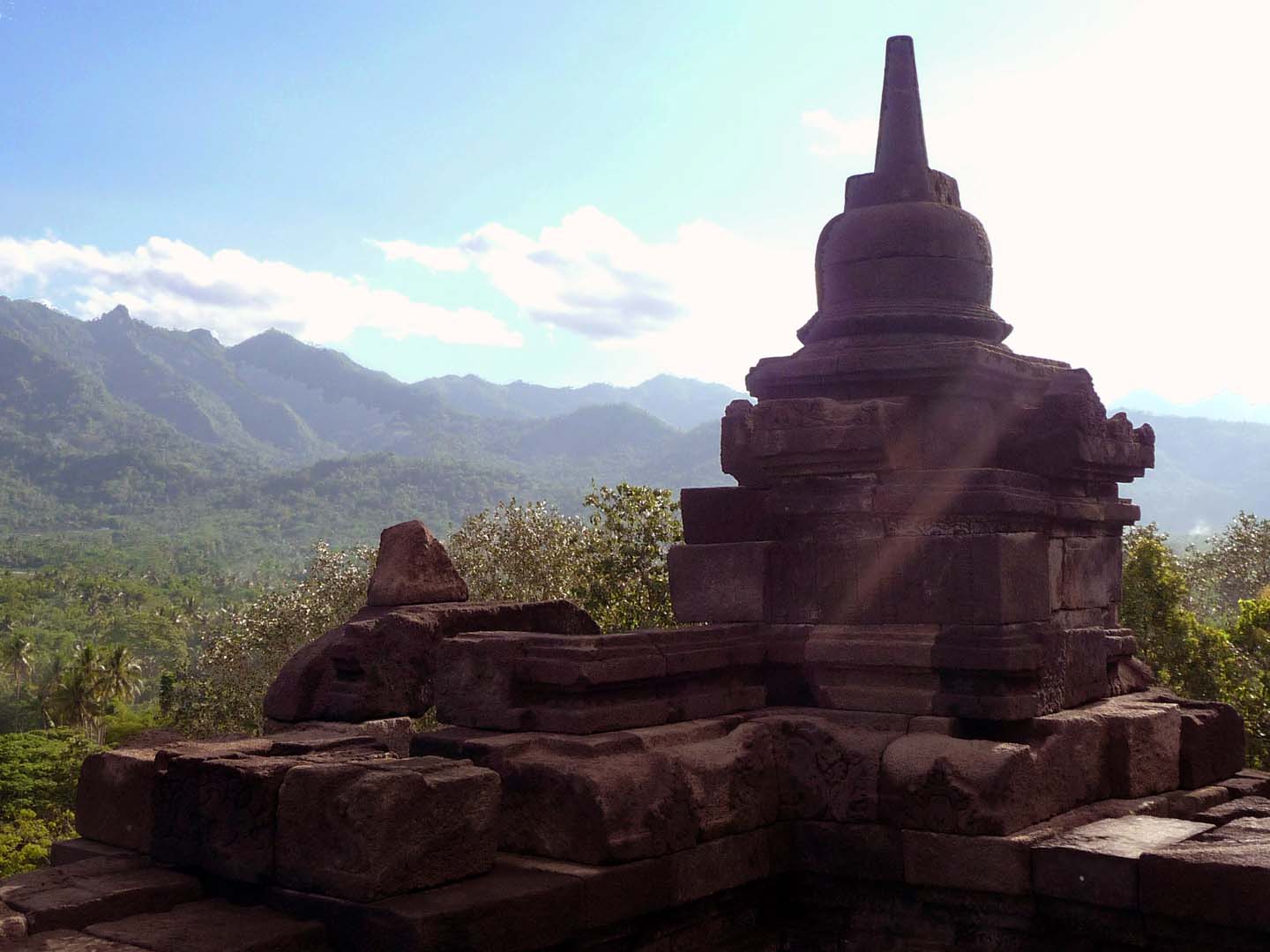
|
|
It was built in the 9th century in Javanese Buddhist architecture comprised of three levels. Each level corresponds to a stage of enlightenment in Buddhism. They are Kāmadhātu (the world of desire), Rupadhatu (the world of forms) and Arupadhatu (the world of formlessness). |
|
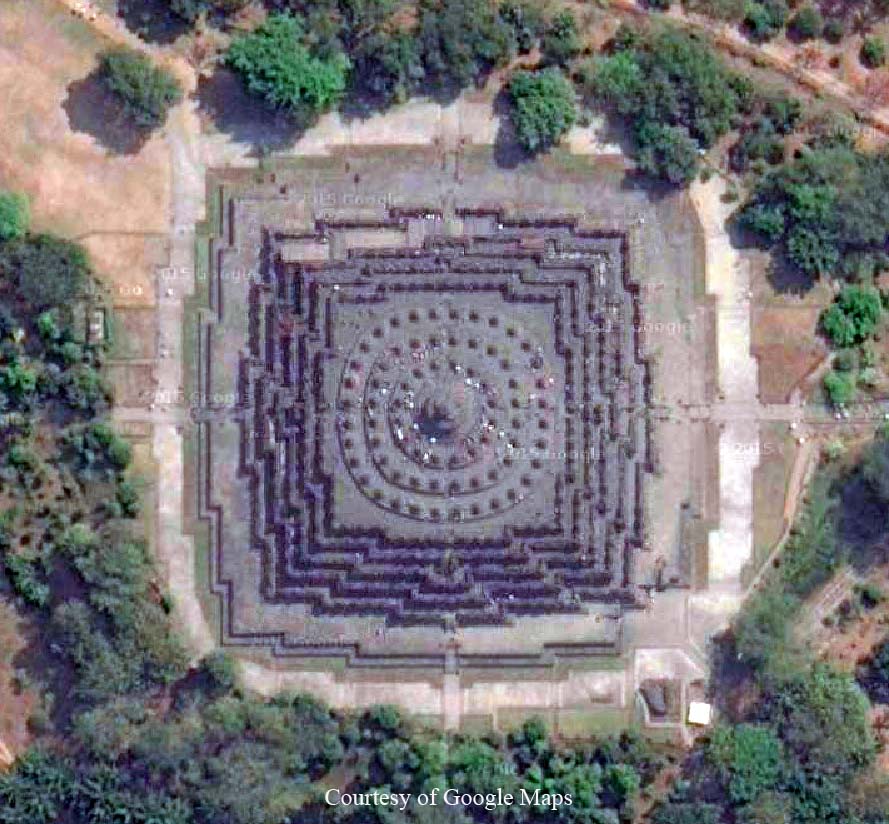
|
|
From the sky, Borobudur can be seen with a central stupa on top of a pyramid surrounded by three circular platforms and five squared platforms below. Satellite photo courtesy of Google Maps. |
|
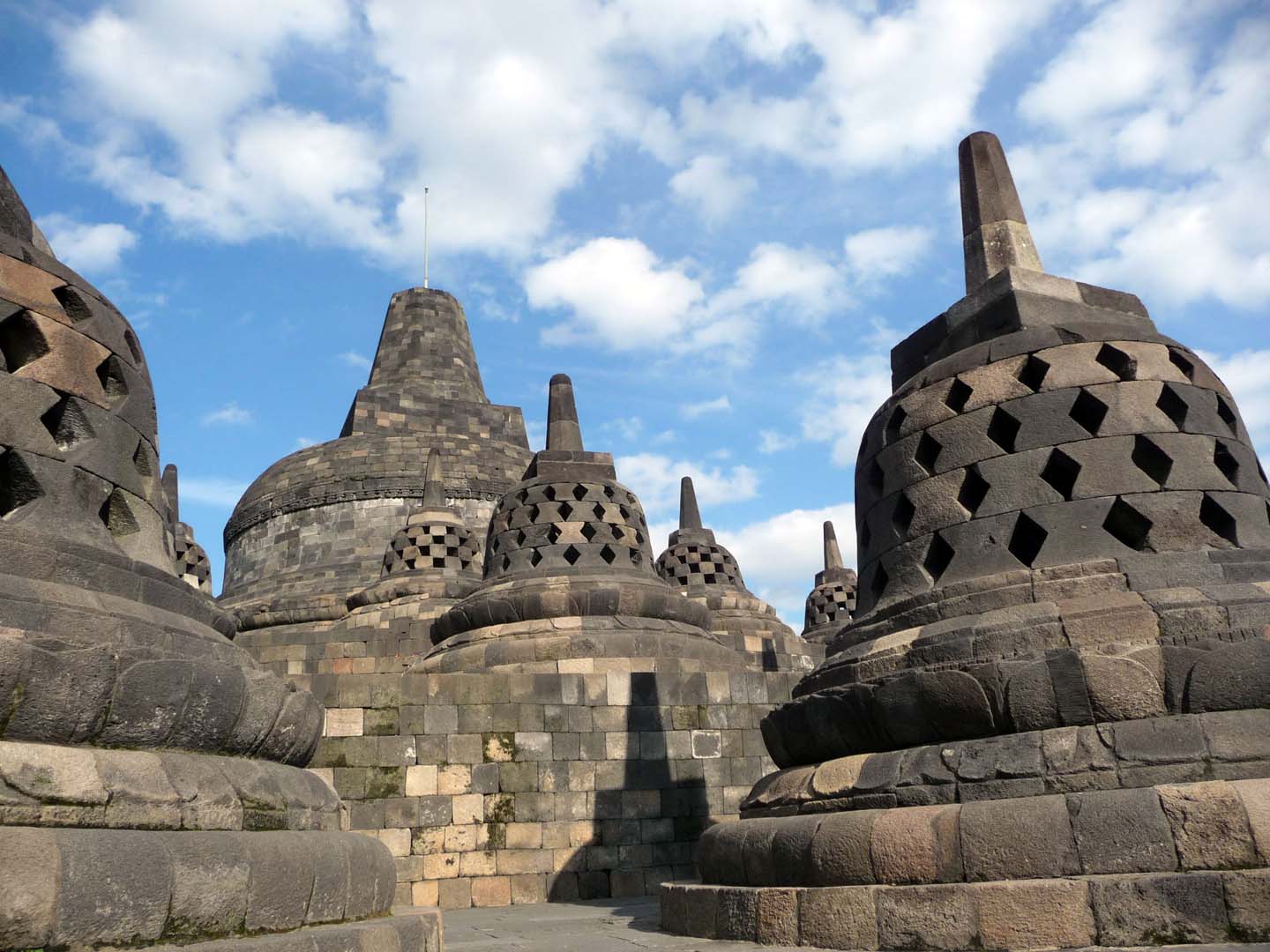
|
|
At the top of Borobudur is the main stupa. It is surrounded by 72 Buddha statues, each seated inside a perforated stupa on three descending circular platforms. |
|
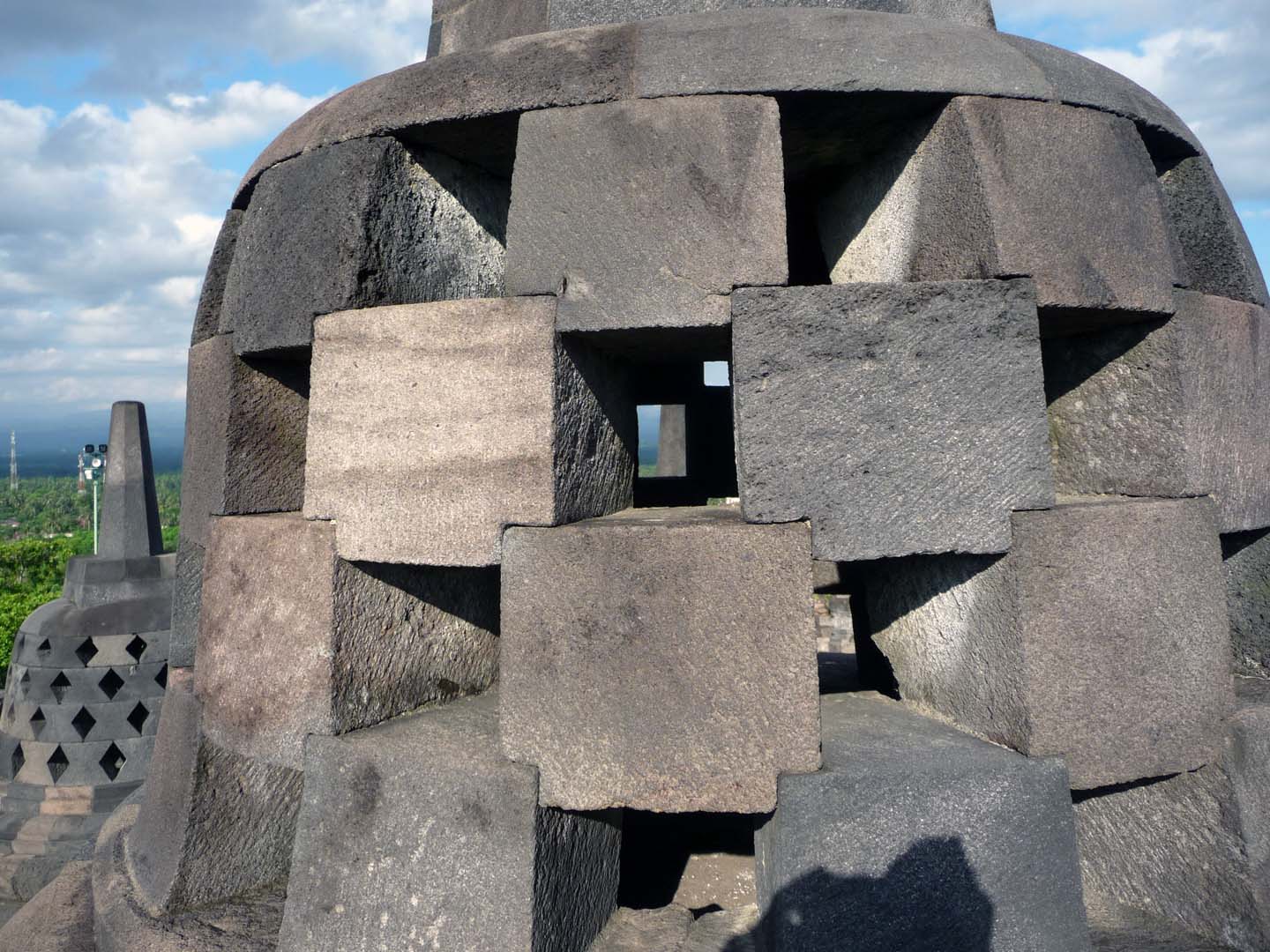
|
|
The ring closest to the main stupa with the squared holed stupas represents Arupadhatu - the world of formlessness. |
|

|
|
The next two lower platforms with the rhombus holed stupas also represent the world of formlessness. |
|

|
|
Below the Circular platforms are five Square platforms representing Rupadhatu - the world of forms. |
|
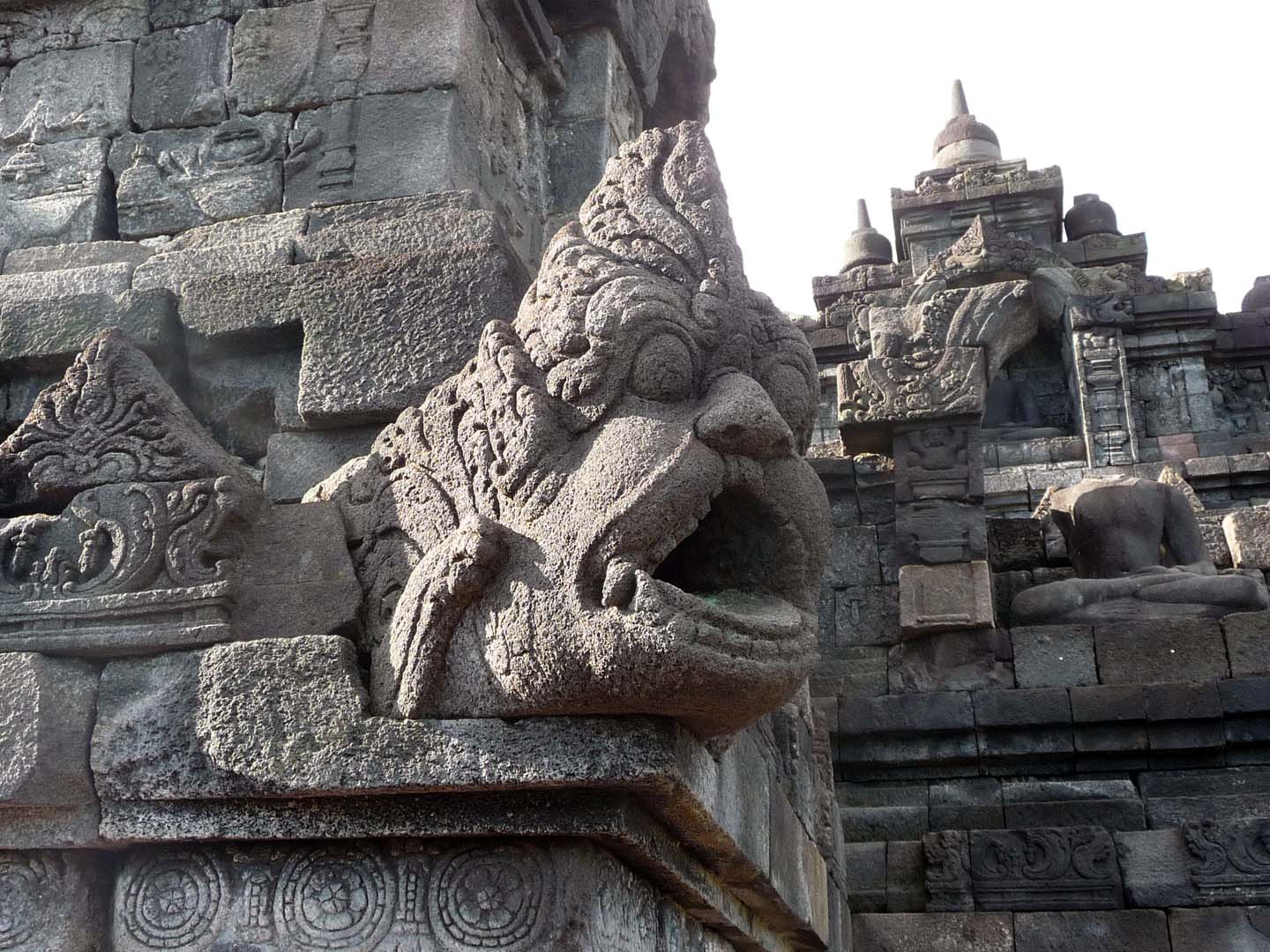
|
|
A lion guarding the world of forms. |
|
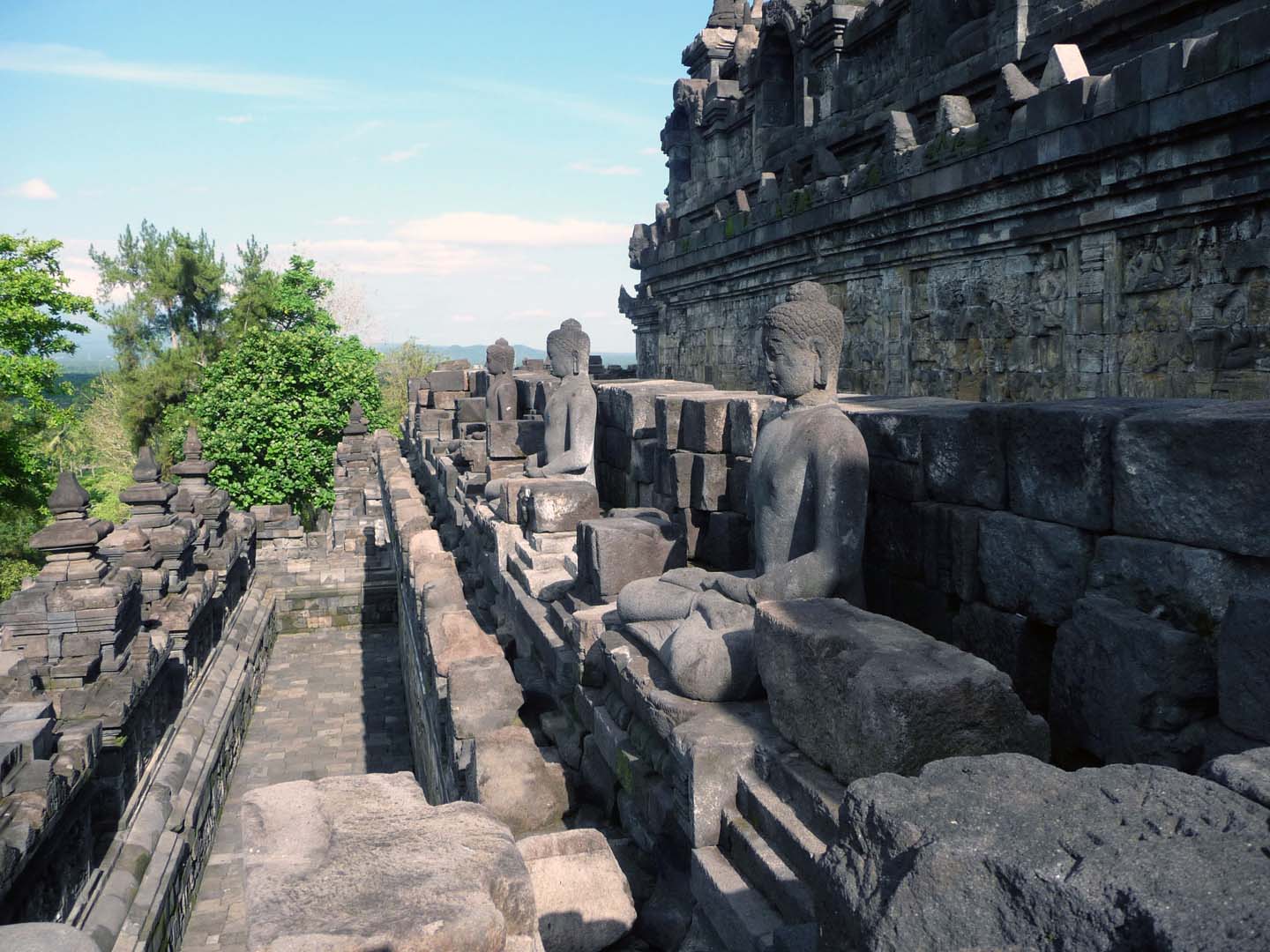
|
|
Buddha statues on the same platform. |
|
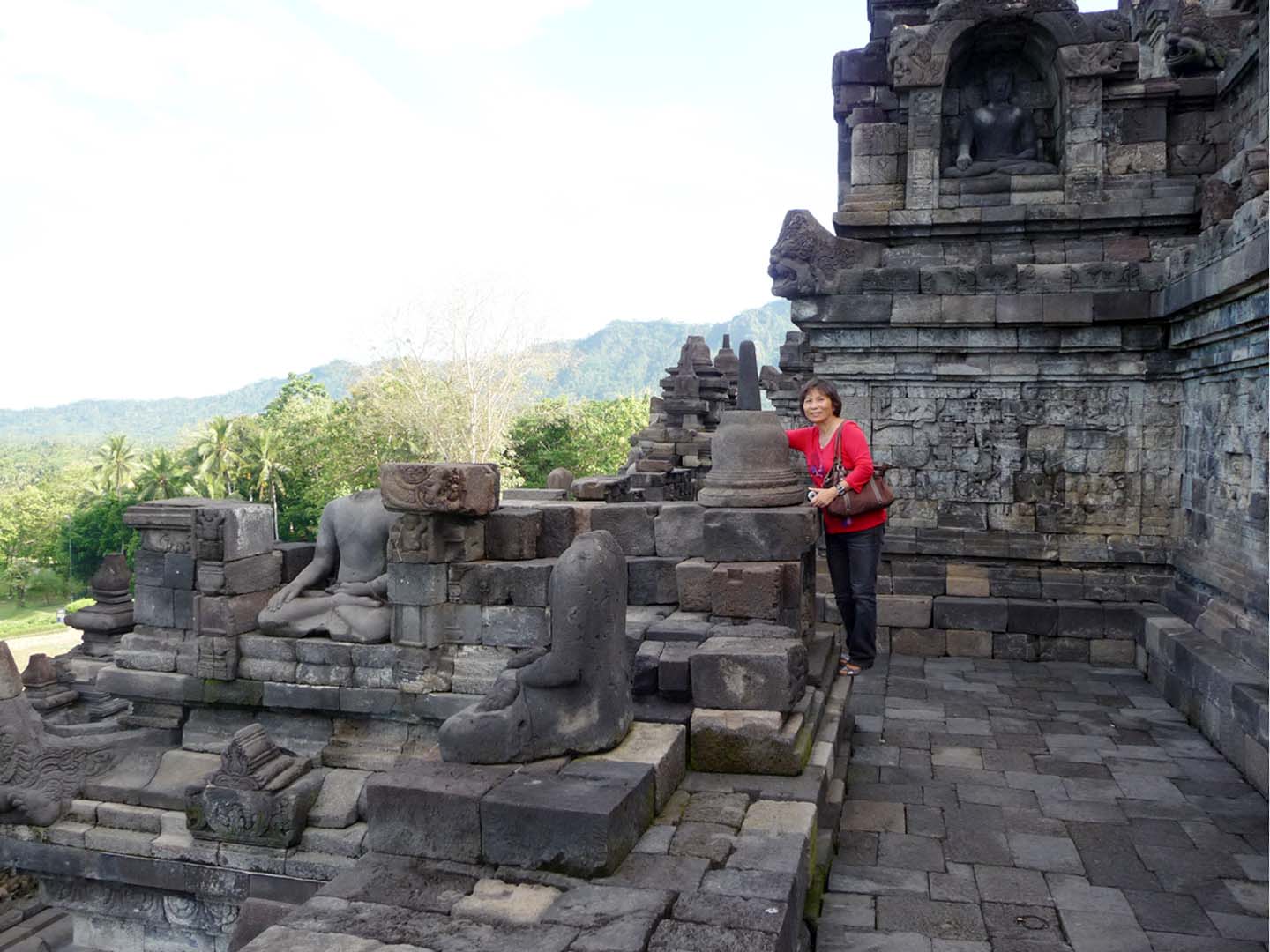
|
|
There are many headless Buddha statues in Borobudur. Since its discovery, a large number of Buddha's head has been stolen and ended up in museums abroad. |
|

|
|
Stairs of Borobudur ascending through arches of Kala (time). |
|

|
|
At the base of Borobudur is the encasement. |
|

|
|
It corresponds to one of the enlightenment in Buddhism, Kāmadhātu - the world of desire. |
|
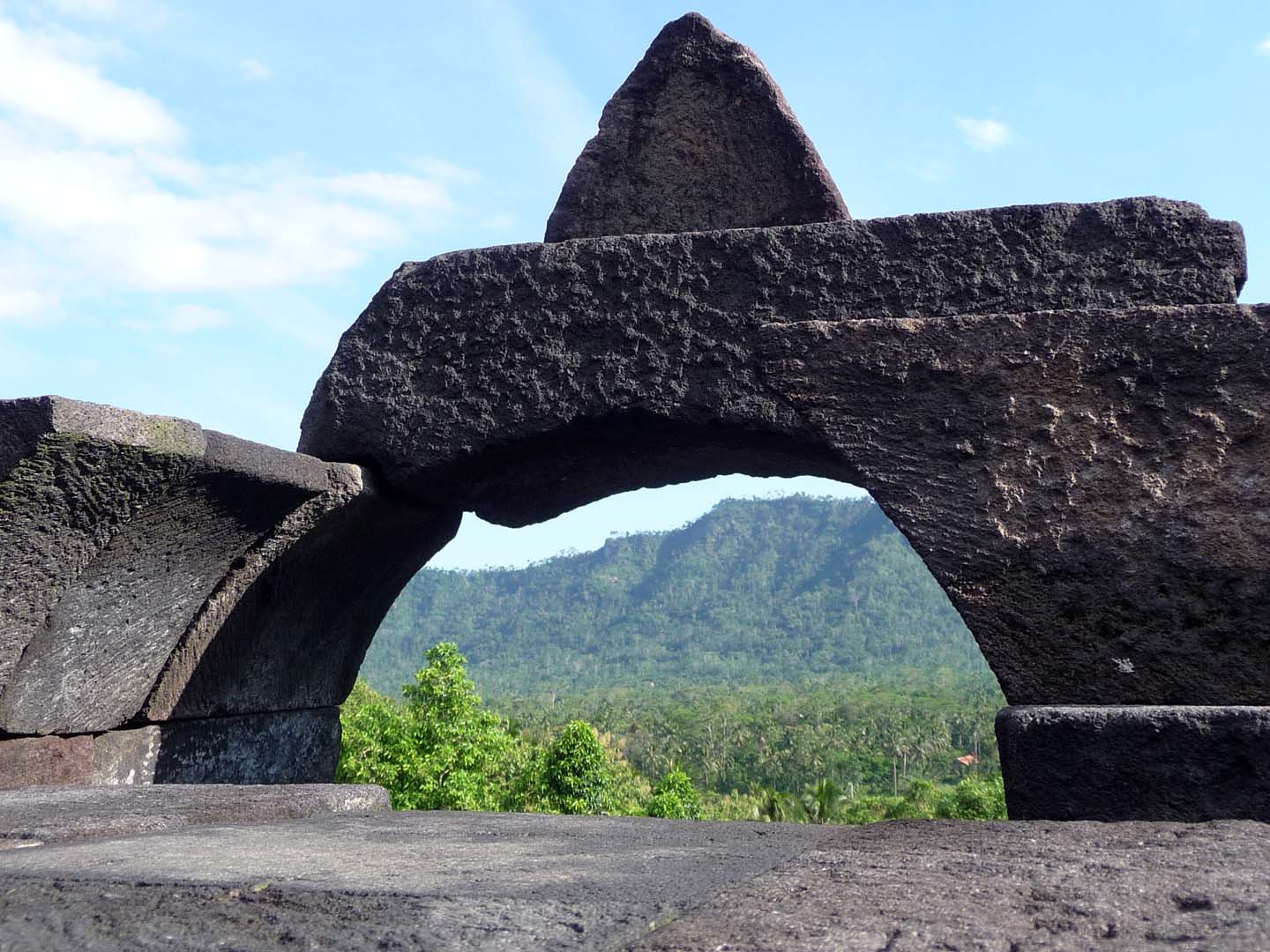
|
|
Around the 14th-century, Borobudur was abandoned following the decline of Hindu kingdoms in Java and the Javanese conversion to Islam. |
|
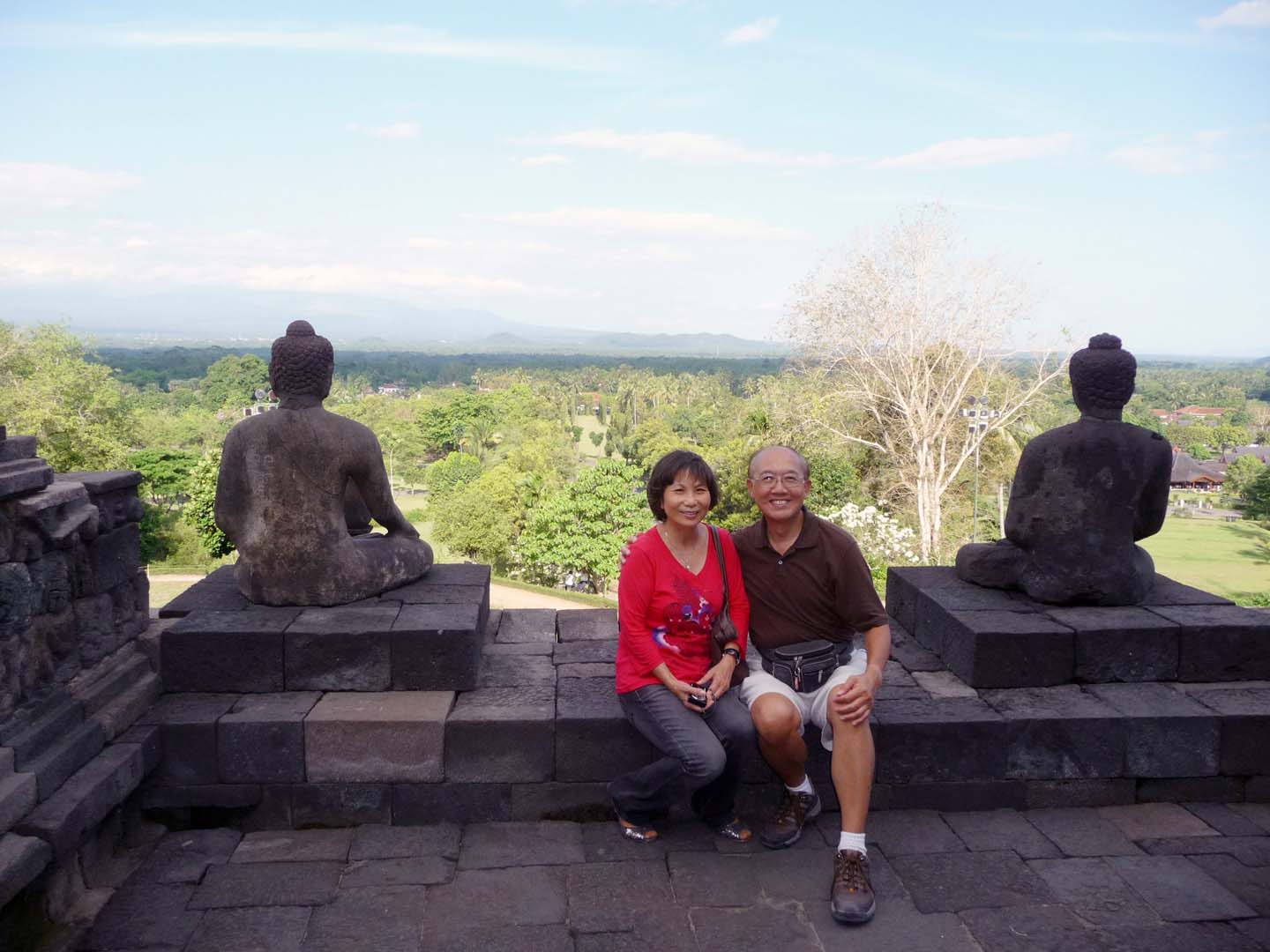
|
|
It was rediscovered in 1814 and has since been preserved and restored. Today, it is listed as a United Nations Educational, Scientific and Cultural Organization (UNESCO) World Heritage Site. |
|
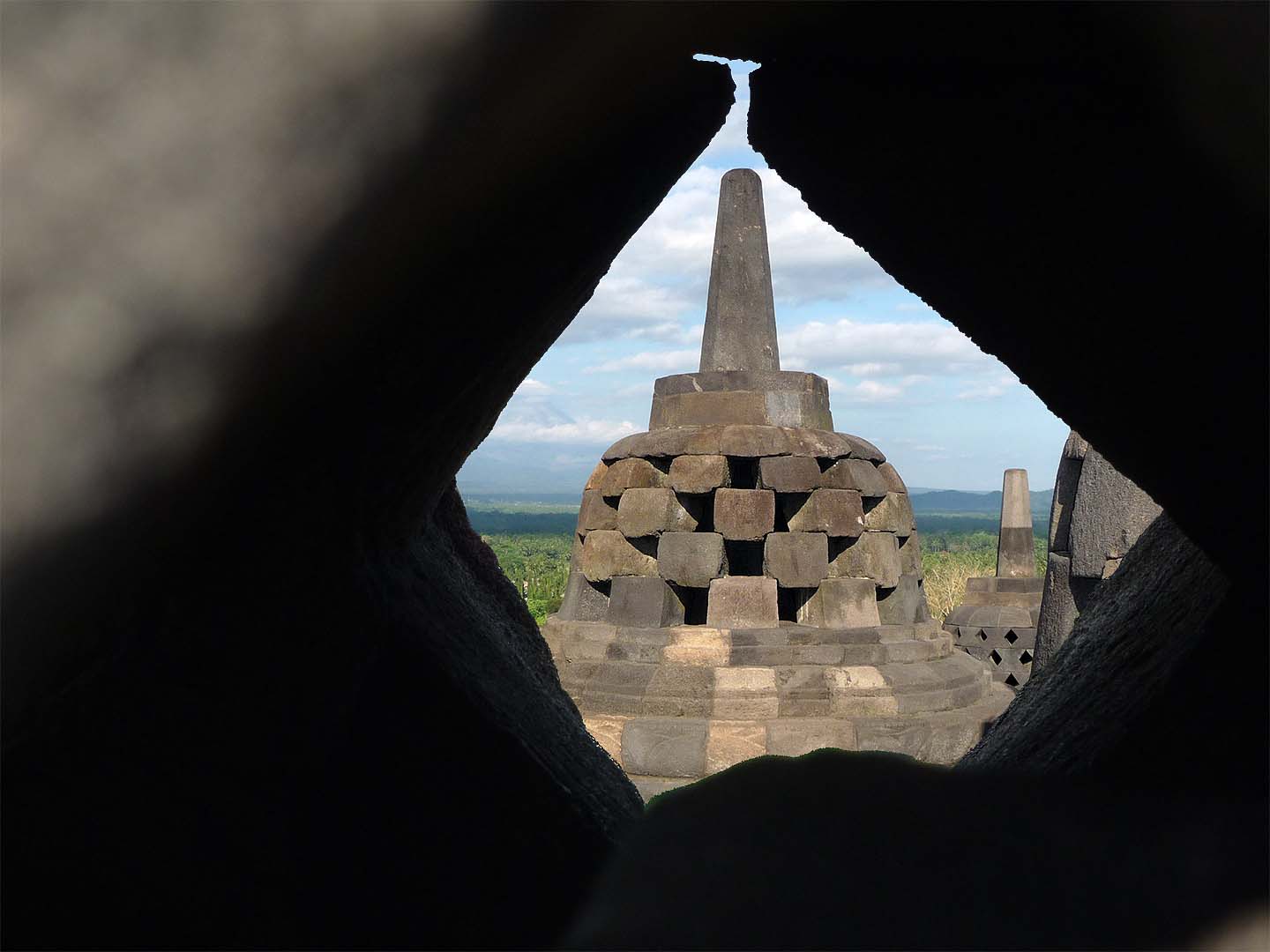
|
|
Borobudur is about one-hour drive from Yogyakarta. But it is also close to the erupting volcano Mt. Merapi only 17 miles away. |
|
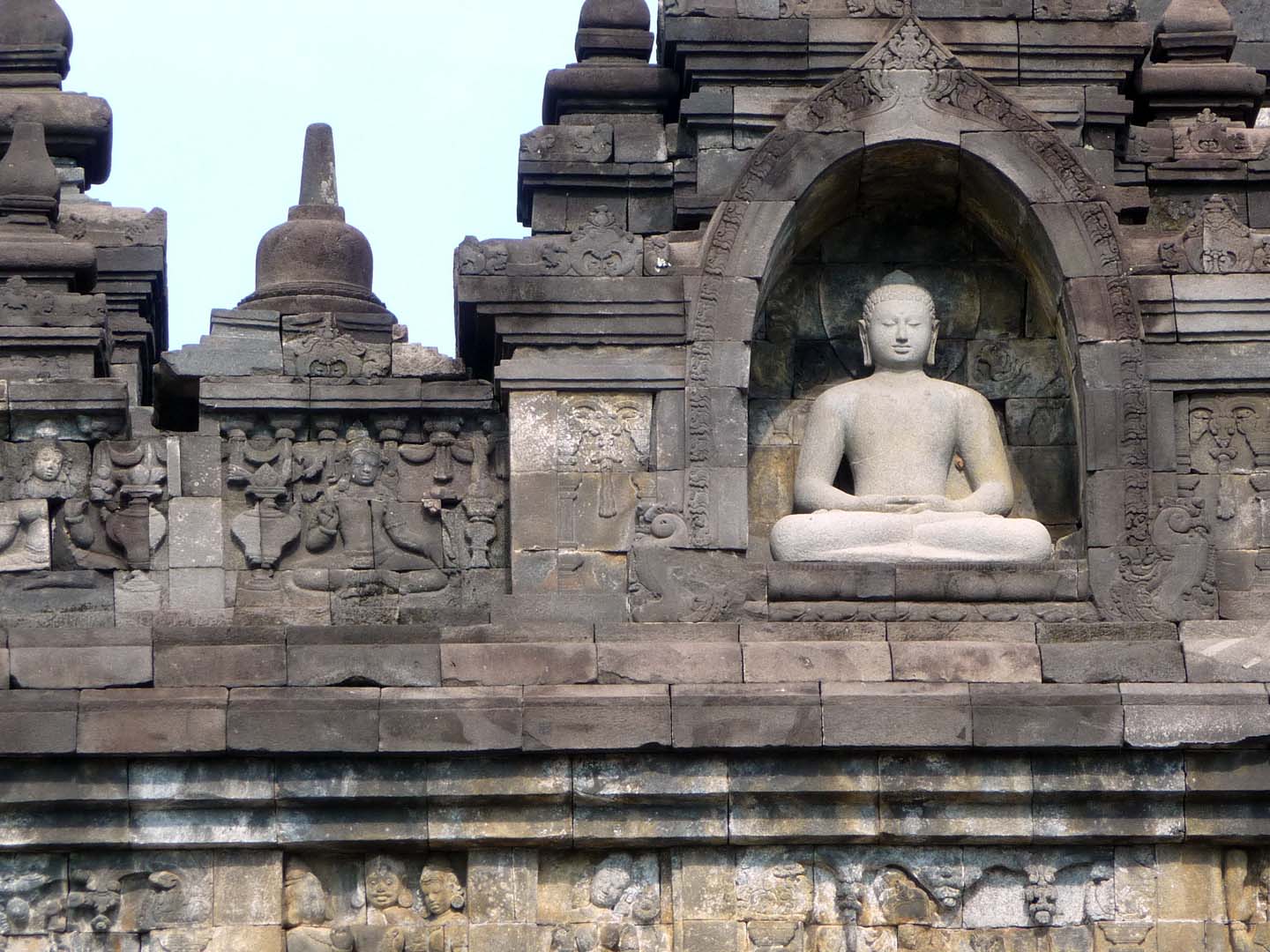
|
|
Borobudur was built around 760 and 830 AD. It was estimated that it took 75 years to complete. There are two nearby Buddhist temples built before Borobudur. |
|
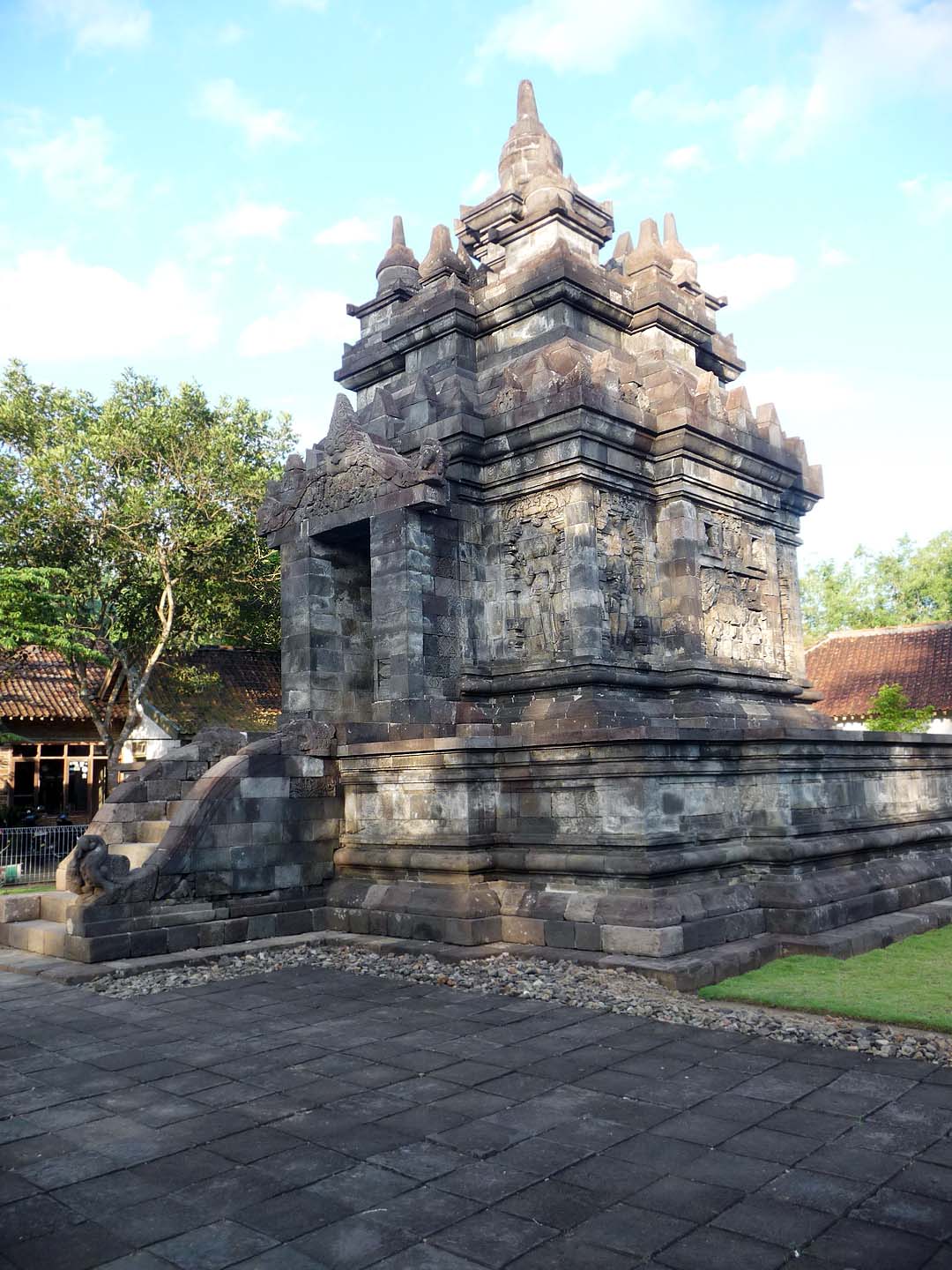
|
|
Pawon is a Buddhist temple built during the 8th-9th centuries. It is located east of Borobudur and is slightly older. |
|
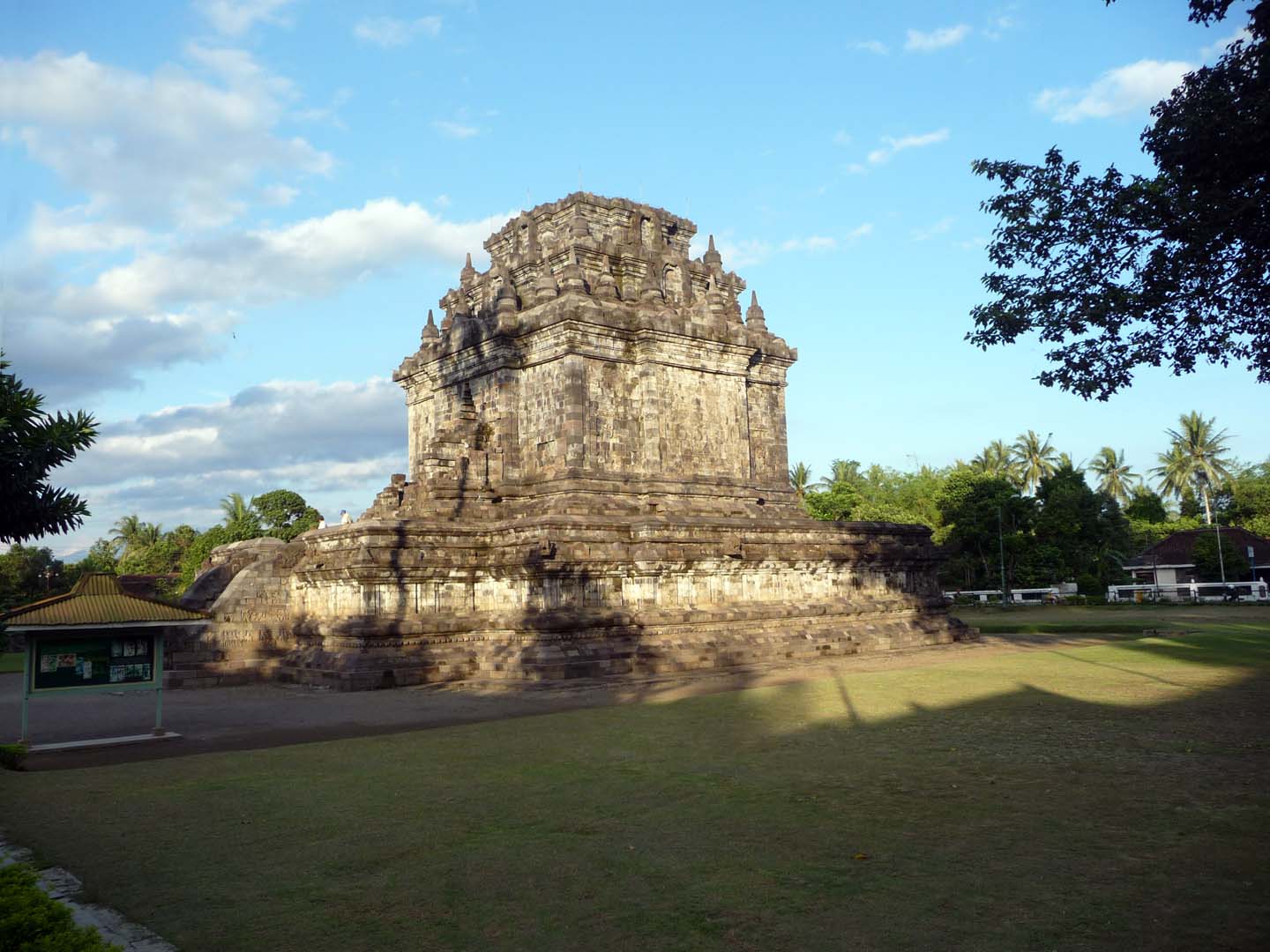
|
|
Mendut is a 9th century Buddhist temple 2 miles east of Borobudur. It was found that the three Buddhist temples - Pawon, Mendut, and Borobudur are located in one straight line, indicating a mutual religious relationship. |
|

|
|
Borobudur awaits you, it's been 1,200 years. |
|